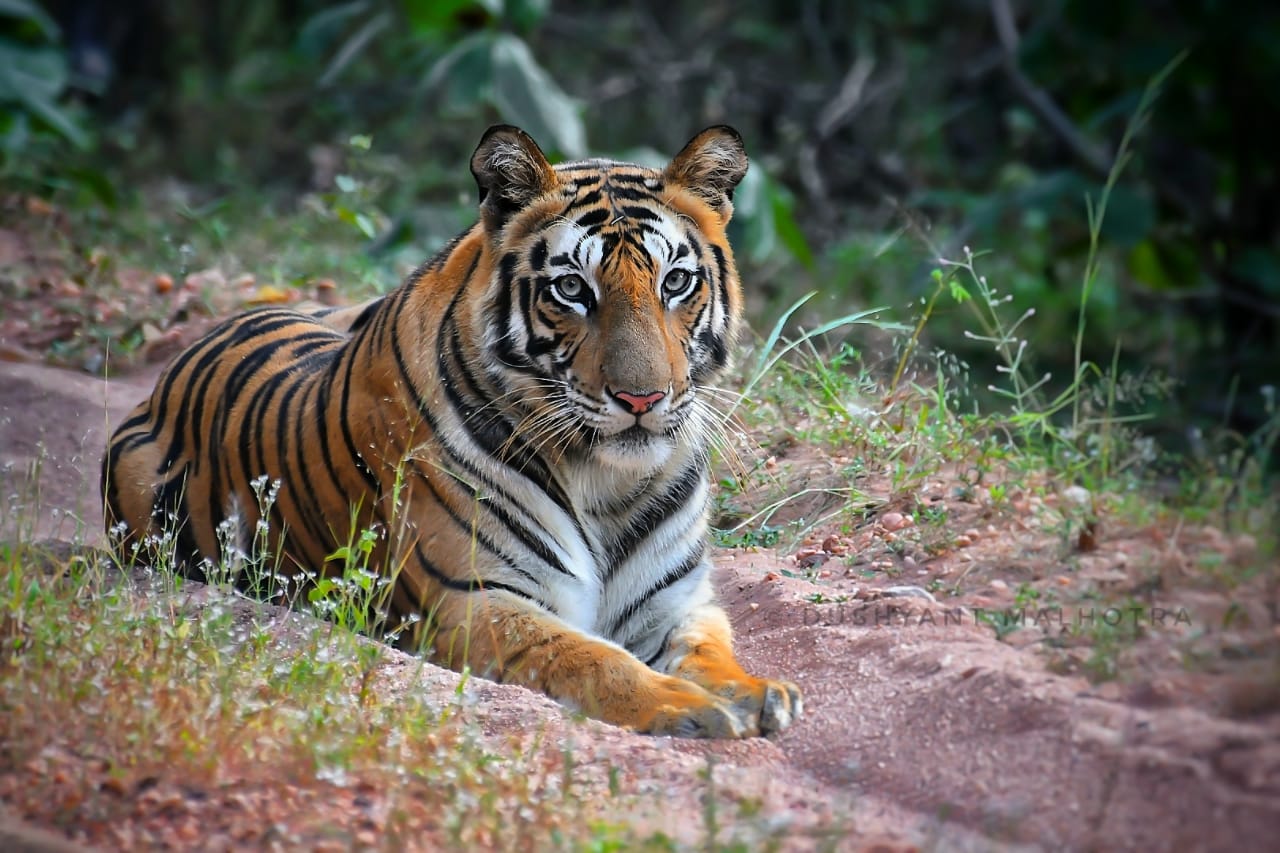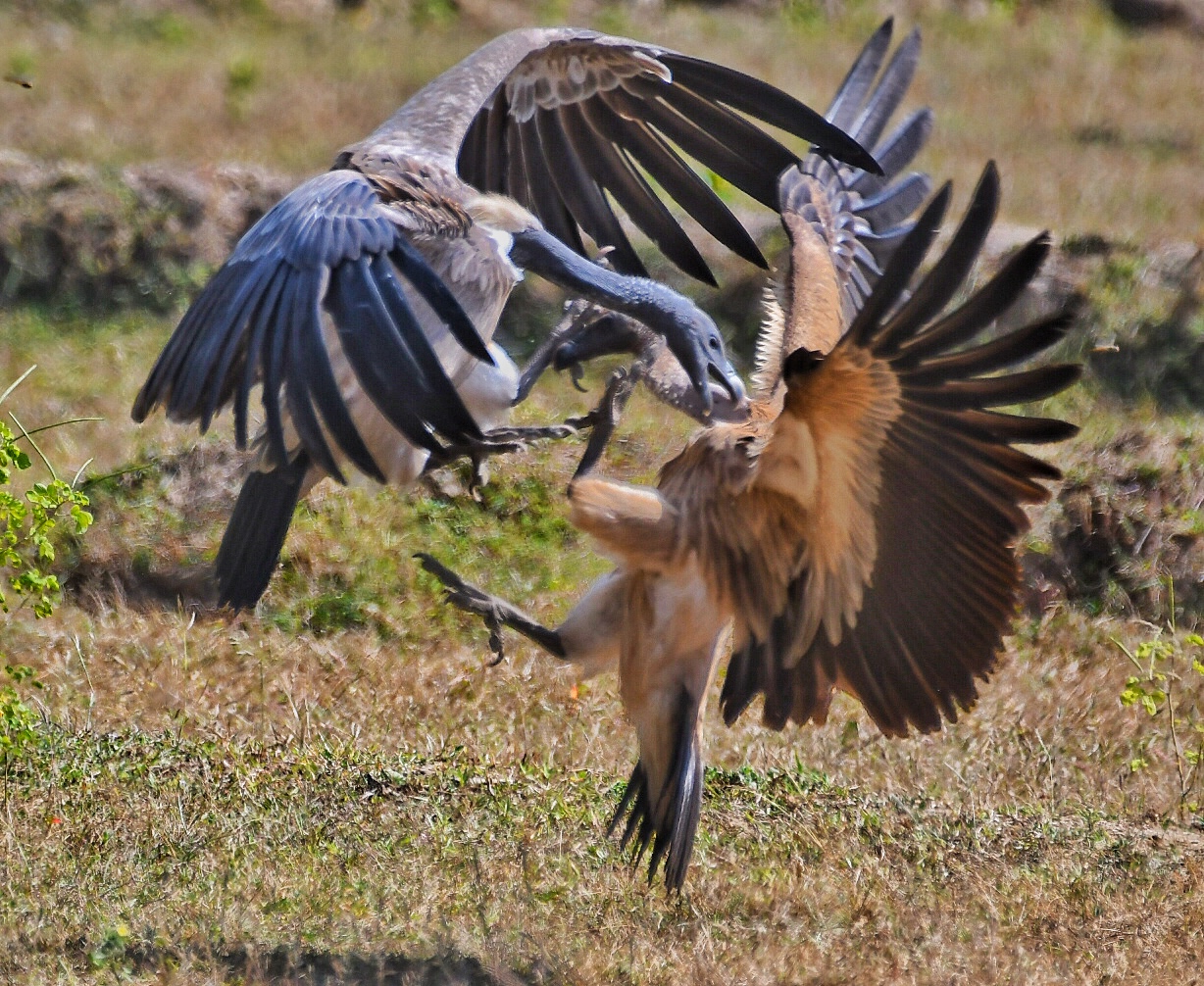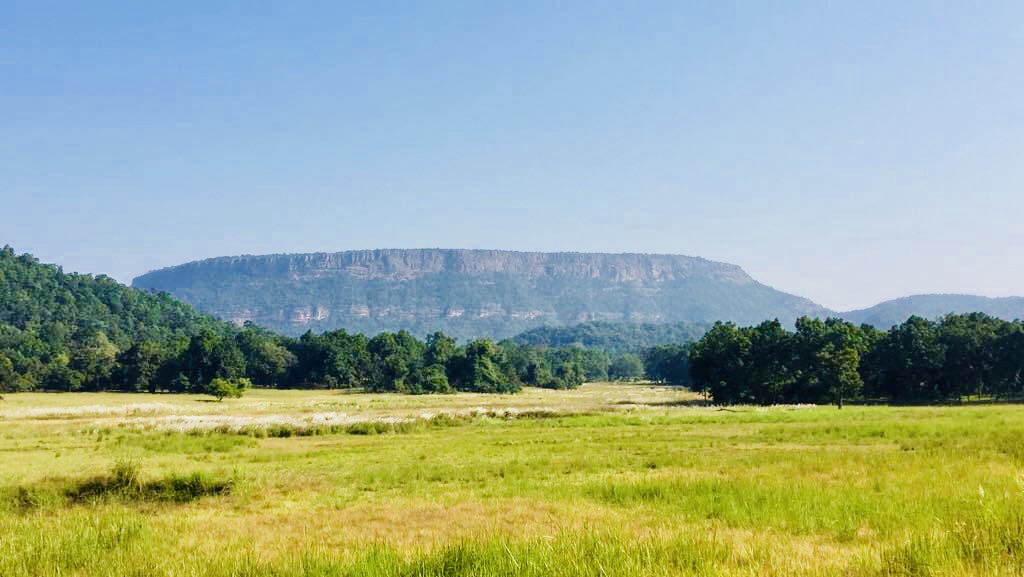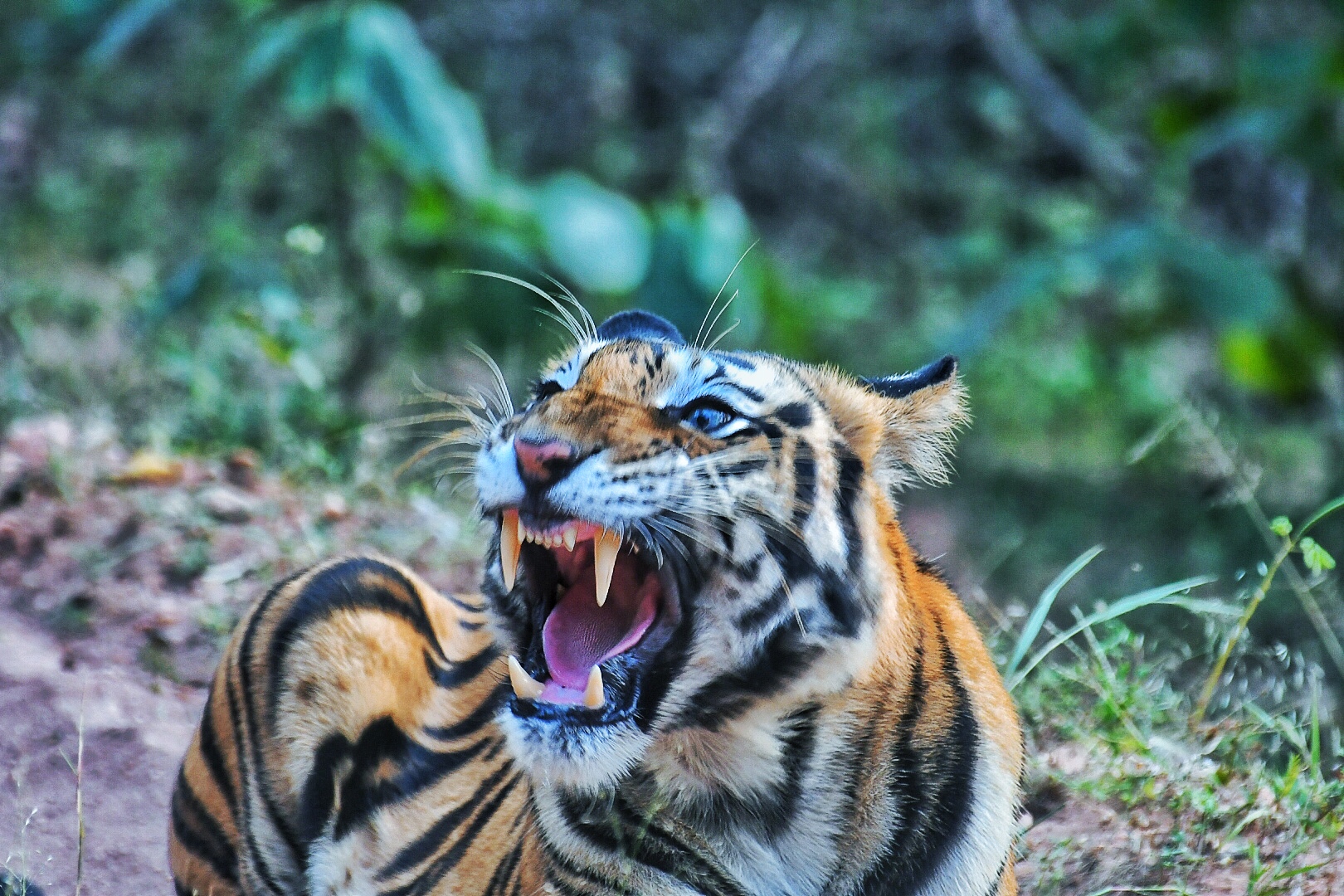Bandhavgarh National Park
Bandhavgarh National Park is spread at vindhya hills in Madhya Pradesh. Bandhavgarh National Park consists of a core area of 105 sq km and a buffer area of approximately 400 sq km of topography varies between steep ridges, undulating, forest and open meadows. Bandhavgarh National Park is known for the Royal Bengal Tigers. The density of the Tiger population at Bandhavgarh is the highest known in India.
Bandhavgarh National Park was the former hunting preserve of the Maharaja of Rewa and at present is a famous natural hub for White Tigers. White Tigers, now a major attraction around the world's zoos, were first discovered in Rewa, not far from here. The terrain is broken, with rocky hill ranges, running roughly east west, interspersed with grassy swamps and forested valleys
Some of the most famous floral species including Sal can be found in Bandhavgarh National Park are:
- Saj (Terminalia tomentosa)
- Dhaora (Anogeissus latifolia)
- Tendu, Arjun (Terminalia arjuna)
- Amla (Emblica officinalis)
- Palas (Butea monosperma)
- Salai (Boswellia serrata)
- Mango (Mangifera indica)
- Jamun (Blackberry) (Syzygium Cumini)
- Babul (Accasia nilotica)
- Banyan (F icus benghalensis)
- Ber (Zizyphus mauritania)
- Dhak or Chila (flame of the forest){Butea monosperma}
- Dhok (Anogeossis pendula)
- Jamun (Syzygium cumini)
- Kadam (Authocephalus cadamba)
- Khajur (Phoenix sylvestris)
- Khair (Accacia catechu)
- Bamboo
- Lagerstroemia
- Boswelia
- Pterocarpus
- Madhuca
Along with that the Bandhavgarh forest is also being filled with lots of contrasting vegetation including:
- Karel (Capparis decidua)
- Mohua (Madhuca indica)
- Khejda (Prosopis specigera)
- Kakera (Flacourtia indica)
- Neem (Azadirachta indica)




